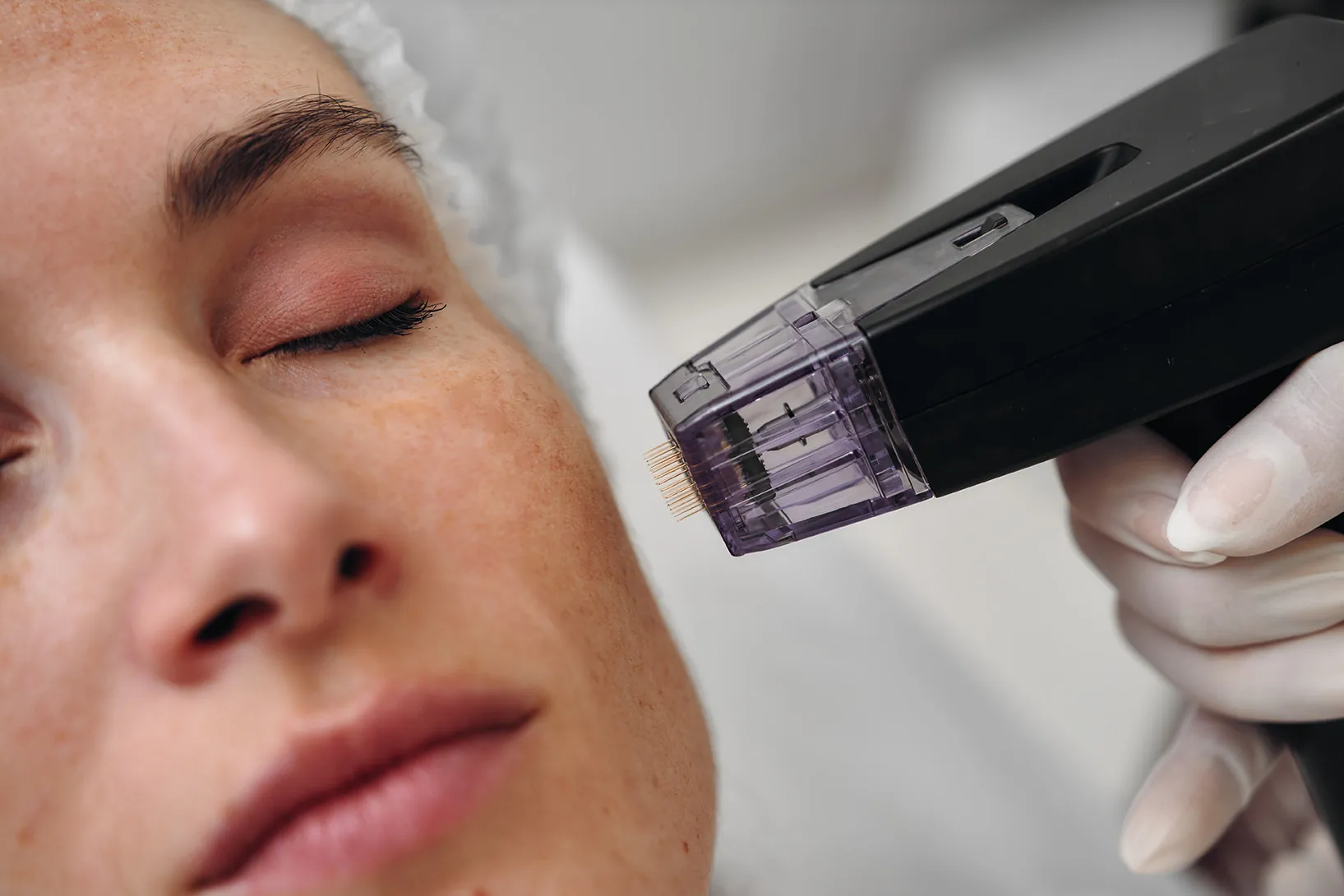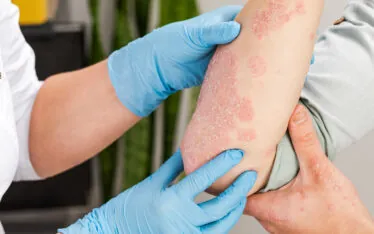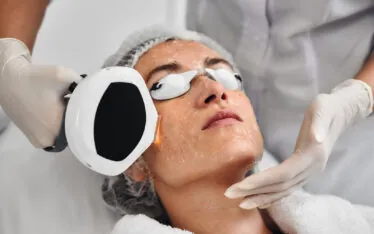Collagen-Boosting Treatments Compared: Microneedling vs. Lasers vs. Peels

Smooth, youthful skin starts with strong collagen. It’s the support system beneath the surface, keeping skin firm, resilient, and quick to heal. Over time, natural collagen levels decline, leading to fine lines, sagging, and changes in texture. The good news: today’s dermatology offers proven ways to restore and stimulate collagen production.
Microneedling, laser treatments, and chemical peels each work differently, but all encourage the skin to renew itself from within. Understanding how these treatments compare makes it easier to choose the option that fits your skin’s needs, your lifestyle, and your goals.
Why Collagen Matters for Healthy, Youthful Skin
Collagen is the protein that keeps skin firm, elastic, and resilient. It’s what allows skin to bounce back after movement, heal from injuries, and maintain a smooth surface. When collagen levels are high, skin looks plump and youthful.
With age, collagen production slows. By your 30s and 40s, you may notice fine lines, sagging, and longer healing times after breakouts or sun exposure. Environmental stressors like UV damage and smoking accelerate this process. That’s why many cosmetic treatments focus on stimulating collagen—it’s the foundation for healthy skin.
Microneedling: Tiny Needles, Big Results
Microneedling creates controlled micro-injuries in the skin using very fine needles. These tiny channels signal the body to repair itself by producing fresh collagen and elastin. Over time, the skin becomes smoother and firmer.
It’s best for:
- Acne scars and uneven texture
- Early fine lines
- Mild laxity
Downtime and comfort:
Most patients describe the sensation as mild to moderate discomfort, often likened to sandpaper across the skin. Redness and swelling usually fade within a few days, making downtime minimal. A series of treatments spaced a few weeks apart often delivers the best results.
| Pros | Cons |
|
|
Laser Treatments: Precision Resurfacing and Renewal
Laser therapy uses focused light energy to resurface the skin and stimulate collagen. The type of laser matters:
- Ablative lasers remove outer layers of skin for dramatic renewal.
- Non-ablative lasers heat the deeper layers without removing surface skin, prompting gradual collagen growth.
Laser treatment works well for:
- Moderate to severe wrinkles
- Pigmentation issues
- Deeper texture changes
Downtime and aftercare:
Recovery depends on the type of laser. Ablative treatments can require one to two weeks of healing, while non-ablative options often allow patients to return to normal activities in just a few days. Sun protection and gentle skincare are critical during recovery.
| Pros | Cons |
|
|
Chemical Peels: Surface-Level Renewal with Lasting Benefits
Chemical peels use acids to exfoliate the skin and stimulate new cell turnover. As the outer layer sheds, collagen production in the deeper layers gets a boost.
There are multiple levels of peels:
- Superficial peels: Mild exfoliation, minimal downtime.
- Medium peels: More noticeable resurfacing, a few days of peeling.
- Deep peels: Dramatic improvement, but with longer recovery and greater sensitivity.
These peels are ideal for:
- Dullness and uneven tone
- Mild fine lines
- Surface irregularities
Downtime and risks:
Light peels cause only mild redness or flaking for a few days. Medium peels may bring about a week of peeling and sensitivity, while deep peels involve longer recovery and careful follow-up. All peels increase sun sensitivity, and stronger options carry rare risks like pigmentation changes or scarring—reasons to always choose a dermatologist’s care.
Side-by-Side Comparison: Microneedling vs. Lasers vs. Peels
It can be helpful to see the main differences at a glance. This chart outlines typical downtime, best uses, cost ranges, and how many sessions are usually recommended.
| Treatment | Downtime | Best For | Cost Range* | Sessions Needed |
| Microneedling | 1–3 days | Acne scars, texture, early fine lines | Moderate | 3–6 |
| Laser Treatments | Few days to 2 weeks | Wrinkles, pigmentation, deep texture | Higher | 1–3+ |
| Chemical Peels | 1–7 days | Dullness, tone, fine lines | Lower to moderate | Ongoing series |
*Costs vary based on type and strength of treatment
Which Treatment Is Right for You? Factors to Consider
The right choice depends on your age, skin type, concerns, budget, and tolerance for downtime.
- Younger patients with early texture changes often start with microneedling or light peels.
- Those with deeper wrinkles or pigmentation may see stronger results with laser therapy.
- Combination treatments can offer the best of both worlds, layering collagen stimulation with surface-level renewal.
A consultation helps determine the safest and most effective path forward. Our team at Clarus Dermatology will help you select the best option based on your needs.
How to Prepare for Collagen-Boosting Treatments
Your skin will respond best when it’s healthy and primed for renewal. Preparation may include:
- Pausing retinoids or exfoliants a few days before treatment
- Practicing strict sun protection
- Staying well hydrated
During the procedure, expect some level of temporary redness, tingling, or sensitivity. Afterward, your dermatologist will give tailored instructions to support healing and maximize results.
Why See a Dermatologist Instead of DIY Options
At-home rollers and over-the-counter peel kits may look appealing, but they carry risks that often outweigh the benefits. Without medical oversight, infections, scarring, and chemical burns are all possible—and in some cases, damage from DIY treatments can be long-lasting.
A board-certified dermatologist not only has the training to perform these procedures safely but also the experience to tailor them to your skin’s unique needs. Settings can be adjusted, strengths customized, and outcomes carefully monitored. Professional care ensures predictable results, safer recovery, and the reassurance that someone is watching out for your skin’s long-term health.
Clarus Dermatology’s Approach to Collagen Restoration
At Clarus Dermatology, we specialize in restoring skin health with precision and care. Our team has extensive experience with microneedling, chemical peels, and a variety of laser platforms.
Every plan is customized. We take into account your skin’s unique needs, your lifestyle, and your goals. Safety and patient comfort come first, and treatments are performed in a setting where medical expertise meets supportive care.
If you’re ready to explore which collagen-boosting option is right for you, we’d love to guide you through the process. Contact us today to schedule a consultation.


